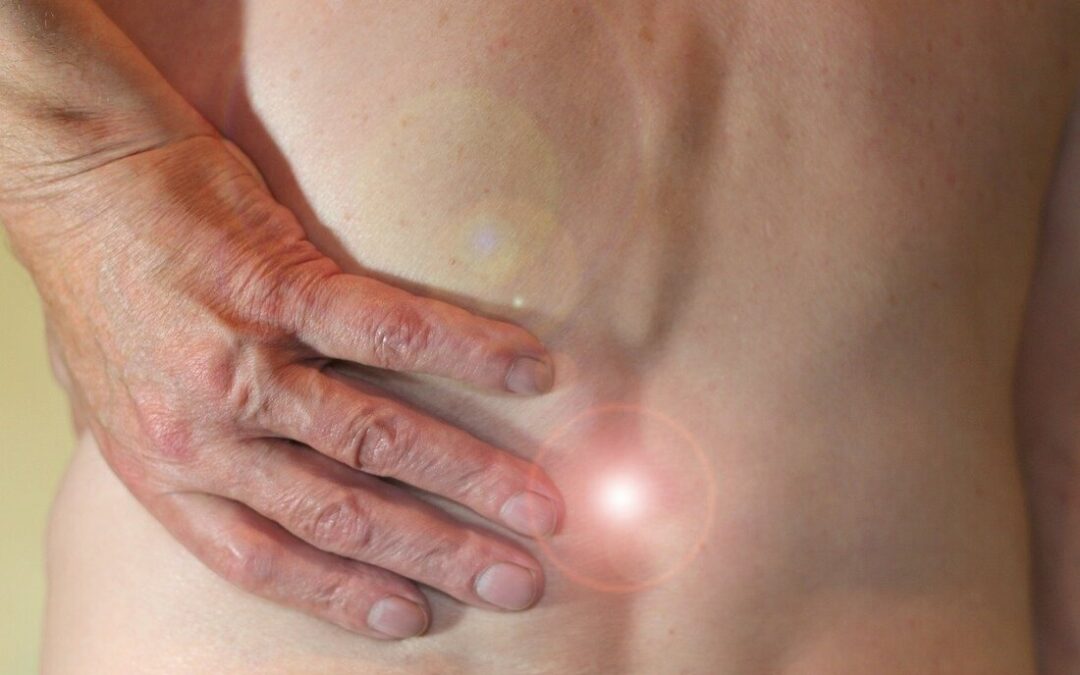Scoliosis isn’t usually a dangerous condition. A lot of people have minor forms that don’t even require any intervention. About 20% of patients have a severe condition that requires surgery. But in most cases, people have moderate scoliosis.
If treated in time, both children and adolescents will be able to recover successfully and have a straight spine for the rest of their lives.
There are various treatments and approaches to scoliosis. One of them includes using a scoliosis brace.
Today, we’re going to talk about these braces, how they work, and their effectiveness.
What is Scoliosis Brace?
A scoliosis brace is a small jacket-like brace designed to wrap around the wearer’s torso. It’s usually made out of stiff plastic and similar light materials that have the necessary tightness. It’s wrapped around the patient underneath the arms covering the torso down to the hips.
A scoliosis brace usually has straps used to tighten up the spine and hold it in place. They are also referred to as orthosis or orthotics. There are many types of orthotics, but the broadest sub-categories are full-time and nighttime bracings.
Simply put, the brace is designed to apply pressure to areas where the spine isn’t growing correctly. It forces the spine to straighten up. At the same time, the patient will also passively start straightening up their posture due to pressure.
How a Scoliosis Brace Works
Scoliosis is a condition when a children’s spine has curvature. It usually happens with kids that are still growing, as well as adolescents.
Bracing can be used only if the child is still developing and growing. The first thing an orthopedist will look into is how much the kid has grown before recommending bracing.
This usually involves various checks like:
- Height measurement
- Weight measurement
- Muscle development
- Menstrual cycle
- Wrist checks
- Hand checks
- X-ray scans
In most cases, bracing is used when the curve is lower than 40 and over 20 degrees. The type of brace is chosen based on the placement of scoliosis, how strong it is, and the type of scoliosis. Since every curve is unique, the child will have to go to an orthotist to get a suited brace.
Nighttime vs. Full-Time Braces
Apart from nighttime and full-time braces, they can also be divided by their designs. The thoracic-lumbar-sacral orthosis covers the area between the upper back and buttocks, and the TLSO brace covers the entire part of the body from hips to armpits. It’s the most commonly used brace.
On the other hand, the CTLSO or cervical-thoracic-lumbar sacral orthosis braces the surface from the neck to the hips. The type used depends on age, scoliosis type, surface area, and so on.
1. Nighttime
The most common nighttime braces are Charleston and Providence brace. As the name implies, they are used only during the night.
a. Charleston
This brace is custom-fitted on the torso using a cast. With X-ray scans, the brace is added with adequate forces. It applies strong lateral forces during the night that wouldn’t be possible in a standing position.
It also applies pressures to hold and bend the spine through an overcorrected position. This position is possible during the night and makes the brace very useful.
b. Providence
The Providence brace works similarly by applying force. However, it doesn’t bend the curve of the spine in the other direction. It applies rotational and lateral forces directly on the curve by elevating the shoulder.
2. Full-time
Full-time braces are continuously worn. Patients can walk freely while using them. Some of the most popular options are:
a. Boston
It’s the most popular brace in general. This is a TLSO brace made out of plastic. Boston brace is closed in the back and can’t be taken off by the wearer. It’s also very thin and barely noticeable under clothes. The mold is prefabricated, meaning that it’s not an ideal fit for everyone.
b. Wilmington
Wilmington Brace is similar to the Boston brace. The difference is made by measuring a lying patient. A cast is made with these measurements, and corrective forces added to combat the spinal curve. It’s closed in the front and can be taken on and off with ease.
The Effectiveness of Scoliosis Bracing
Braces are one of the oldest treatments for scoliosis. They have been used for over 400 years. One of the most common misconceptions is that bracing can straighten out the spine. It can, in rare cases, but even then, it’s within small margins. Bracing is used to stop the progression of the twist or slow it down.
Research shows that scoliosis bracing is effective 80% of the time. Patients must wear the brace responsibly for a designated period. They need to wear it correctly and revise if they’ve outgrown the brace or notice it doesn’t fit them.
Bracing Goals
Bracing is only there to help you hold your spine in place or stop the progression of your condition. This isn’t a single fix that will make your spine better and help you eliminate scoliosis. In most cases, bracing is used to prevent severe curvature progression until a kid has reached adulthood.
At the same time, it allows them to go to therapy and do exercises to deal with scoliosis. Yes, wearing a brace can be a nuisance, and it takes time to get used to it. But it can be essential in not letting your condition get out of hand and helping you recover your posture to normal.
Bottom Line
No matter what you do, make sure to talk to professionals who know what they are doing. Always make sure to follow the instructions of your physician. This is crucial if you want your brace to be effective.




